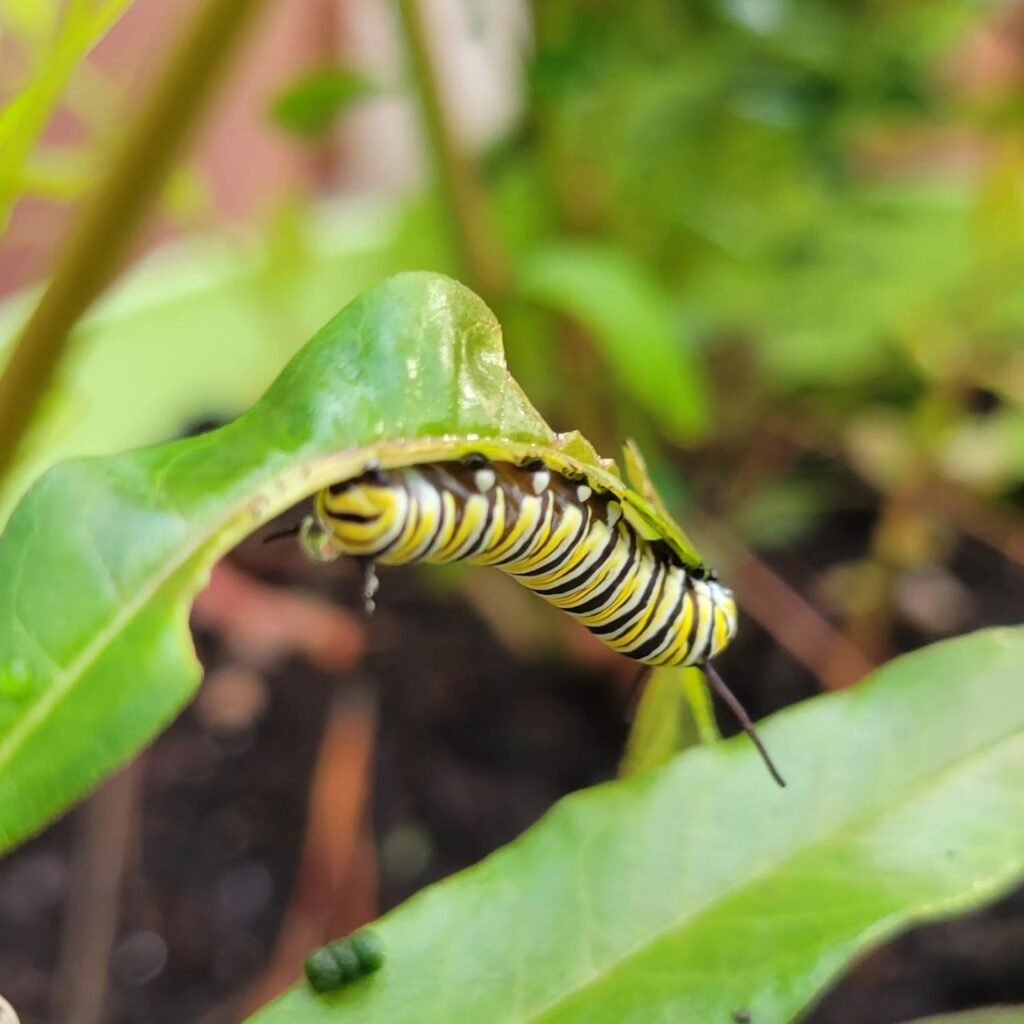Learn how to create a butterfly garden oasis with our step-by-step guide. Discover the best plants, flowers and tips to attract butterflies, turning your outdoor space into a vibrant, pollinator-friendly haven
Having a garden full of beautiful butterflies is like having a tiny slice of paradise right in your backyard. These delicate and colorful creatures not only add joy with their presence, but also play a vital role in pollinating plants. Creating a butterfly-friendly garden is easier than you might think. With a few simple steps, you can turn your outdoor space into an attractive oasis that will draw in these winged wonders.
Why Have a Butterfly Garden?

Before we dive into how to create one, let’s talk about why you should consider having a butterfly garden in the first place:
- Enjoy nature up close – Butterflies are delightful to watch as they flit from flower to flower. Having them right in your backyard lets you experience nature’s beauty in an intimate way.
- Help the environment – Like bees, butterflies are important pollinators. By providing them a habitat, you’re supporting their populations and the plants that rely on them.
- Bring color to your garden – With their vibrant wings, butterflies quite literally put the “flutter” in your garden’s aesthetic appeal.
- Feed other wildlife – Butterfly gardens often end up attracting other welcome visitors like birds and beneficial insects too.
What Butterflies Need

To make your garden enticing to butterflies, you need to give them the four key elements they require to survive and reproduce:
- Food Sources – This means having plants that provide nourishment when the butterflies are at both the larval (caterpillar) and adult (winged) stages of their life cycles.
- Water Sources – Butterflies need water for drinking, preferably with a spot to perch while they sip.
- Shelter – They require places to find refuge from the elements and predators, such as dense shrubs.
- Host Plants – Female butterflies only lay their eggs on specific plant species that their caterpillar offspring can then eat.
Creating Your Butterfly Habitat

With their needs in mind, here are the steps to take to create the perfect butterfly garden oasis:
Step 1: Choose the Right Location Butterflies gravitate towards gardens that are sheltered from winds but get ample sunlight. Pick a spot that receives at least six hours of direct sun each day. Make sure it’s visible from a window or outdoor seating area so you can easily view your winged visitors.
Step 2: Plant for All Life Stages Having a variety of plants that cater to both adult butterflies and their young caterpillar form is crucial. Here are some excellent choices for each stage:
For Adult Butterflies

- Butterfly Bush – Appropriately named, this shrub’s cone-shaped flowers are irresistible butterfly magnets.
- Joe-Pye Weed – These tall purple blossoms resemble a feathery edition of the butterfly bush.
- Coneflowers – The bright orange and yellow colors attract many species.
- Zinnias – These cheerful flowers pack lots of nectar that adult butterflies relish.
For Caterpillars/Larvae

- Dill & Fennel – Excellent host plants for the iconic black swallowtail caterpillar.
- Milkweed – The ONLY food plant for monarch caterpillars. Get a variety like swamp, butterfly or common milkweed.
- Parsley – The favored snack of the black swallowtail caterpillar.
Step 3: Include Water Features A shallow water source like a bird bath or small pond gives butterflies a place to get hydration. The trick is creating puddling areas with moist soil or sand for them to drink from. Just keep sources clean and refill frequently.
Step 4: Provide Shelter Butterflies need refuge from the elements and predators. Try grouping dense shrubs and trees around your garden’s perimeter. Leave some dead branches and leaf litter too – adult butterflies can roost in these areas.
Step 5: Limit Pesticides Butterflies and many of their larvae caterpillar forms are extremely sensitive to chemical pesticides. Consider using organic methods to control garden pests instead.
Step 6: Include Flat Rocks Butterflies are cold-blooded, so warmth helps their wings work properly for flight. Leaving some flat rocks in your garden gives them surfaces to bask on in the sunlight.
Step 7: Stay Patient Creating a successful butterfly sanctuary takes some time. The first year you may only see a few visitors. But as your garden grows and becomes more established, the butterflies will find their way to your oasis. Enjoy watching it develop!
With the right plants, water sources and shelters in place, you’ll be amazed at how many different butterfly species make themselves at home in your personal garden paradise. From gorgeous swallowtails to striking monarchs, these fragile beauties will soon become your garden’s most frequent and welcome visitors.
Pingback: Black and Yellow Caterpillars (With Pictures) – Identification Guide
Pingback: Explore 20 Fascinating Flowers Beginning with F -
Pingback: Butterflies: The Ultimate Spotter’s Guide to Winged Wonders
Pingback: Butterfly Bush Care Guide: How to Plant, Grow, and Maintain Buddleia
Pingback: 29 Beautiful Butterflies You Can Spot in the USA - Gardener's School